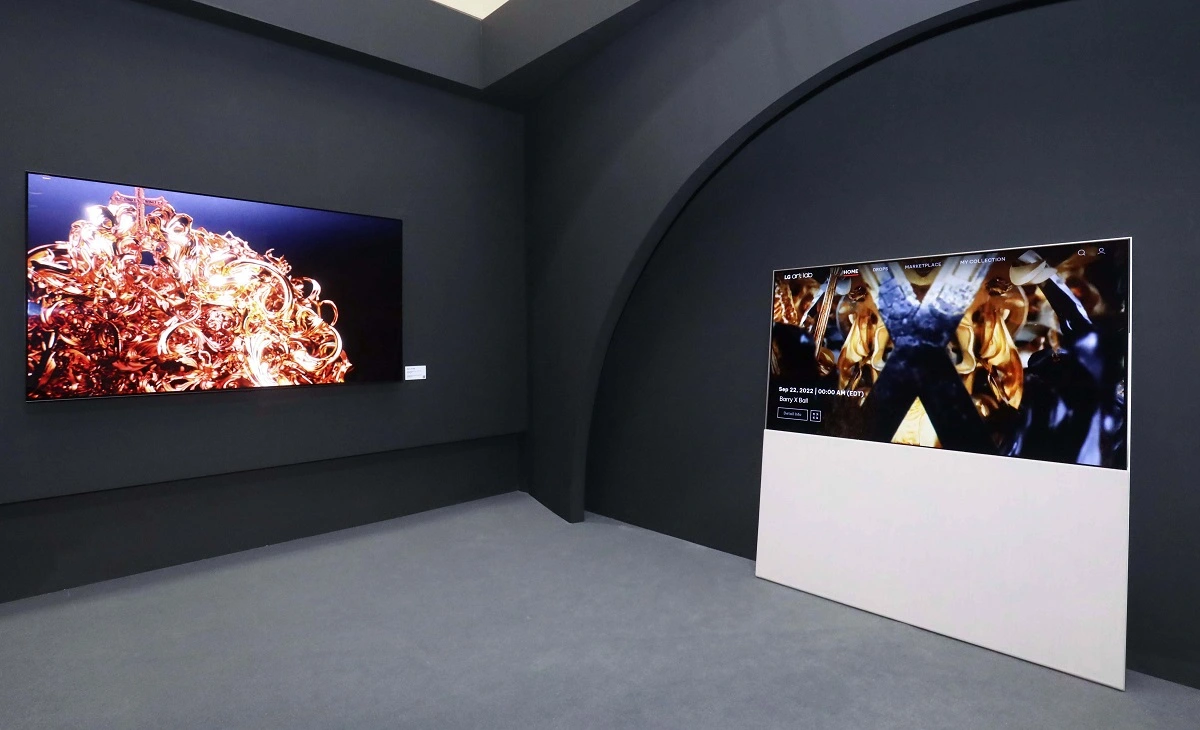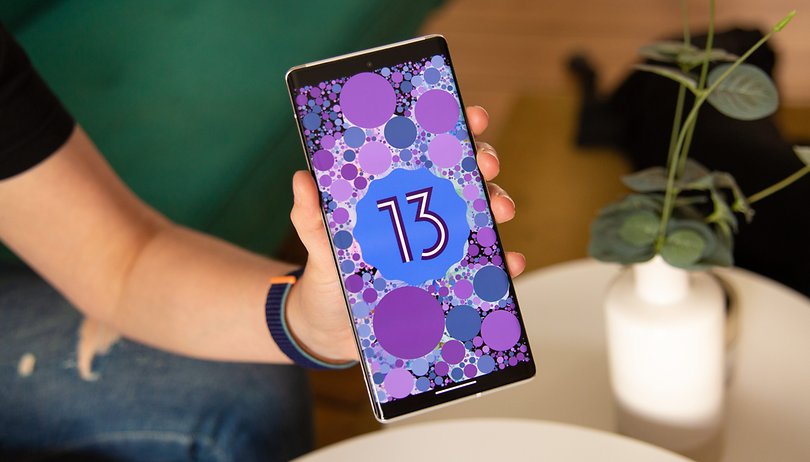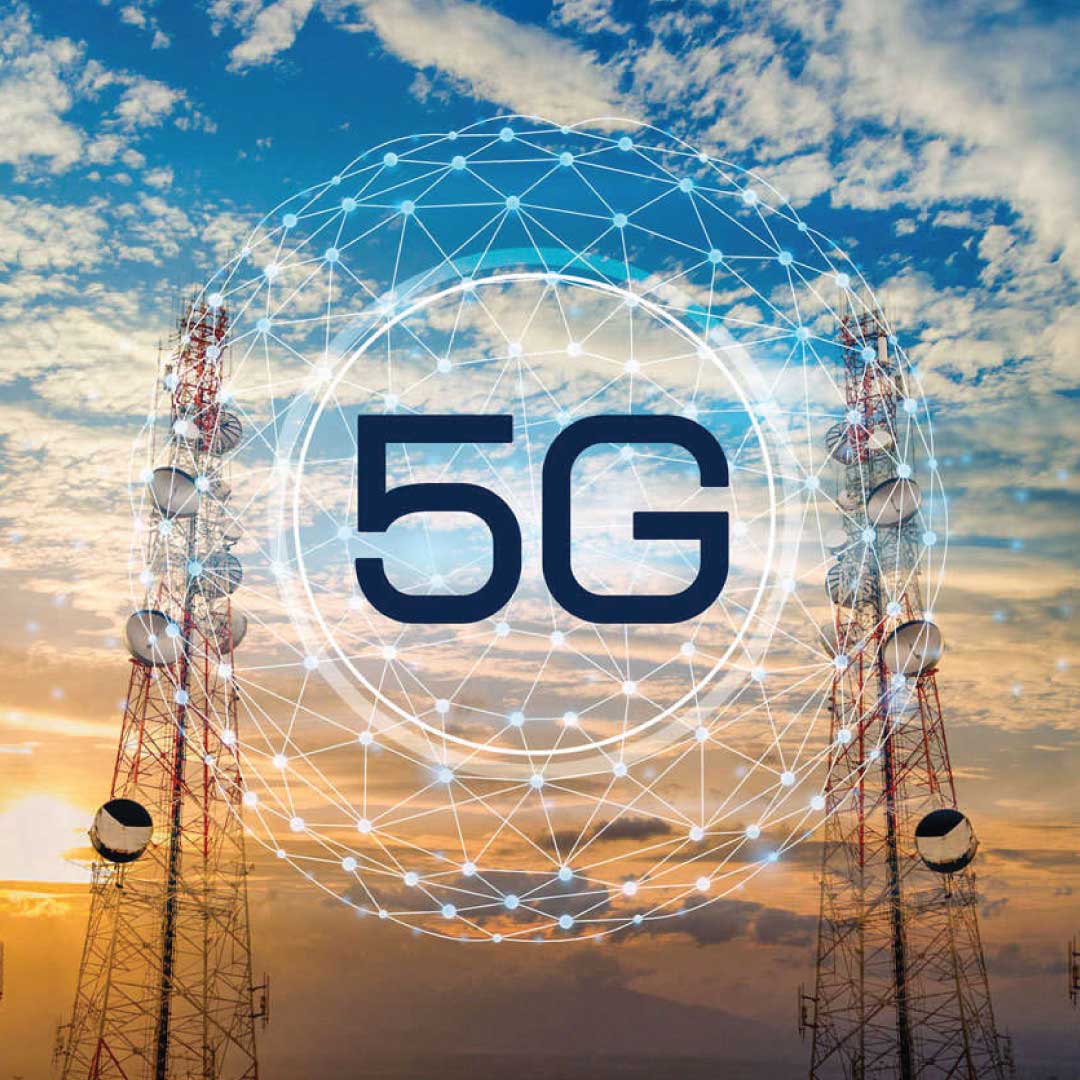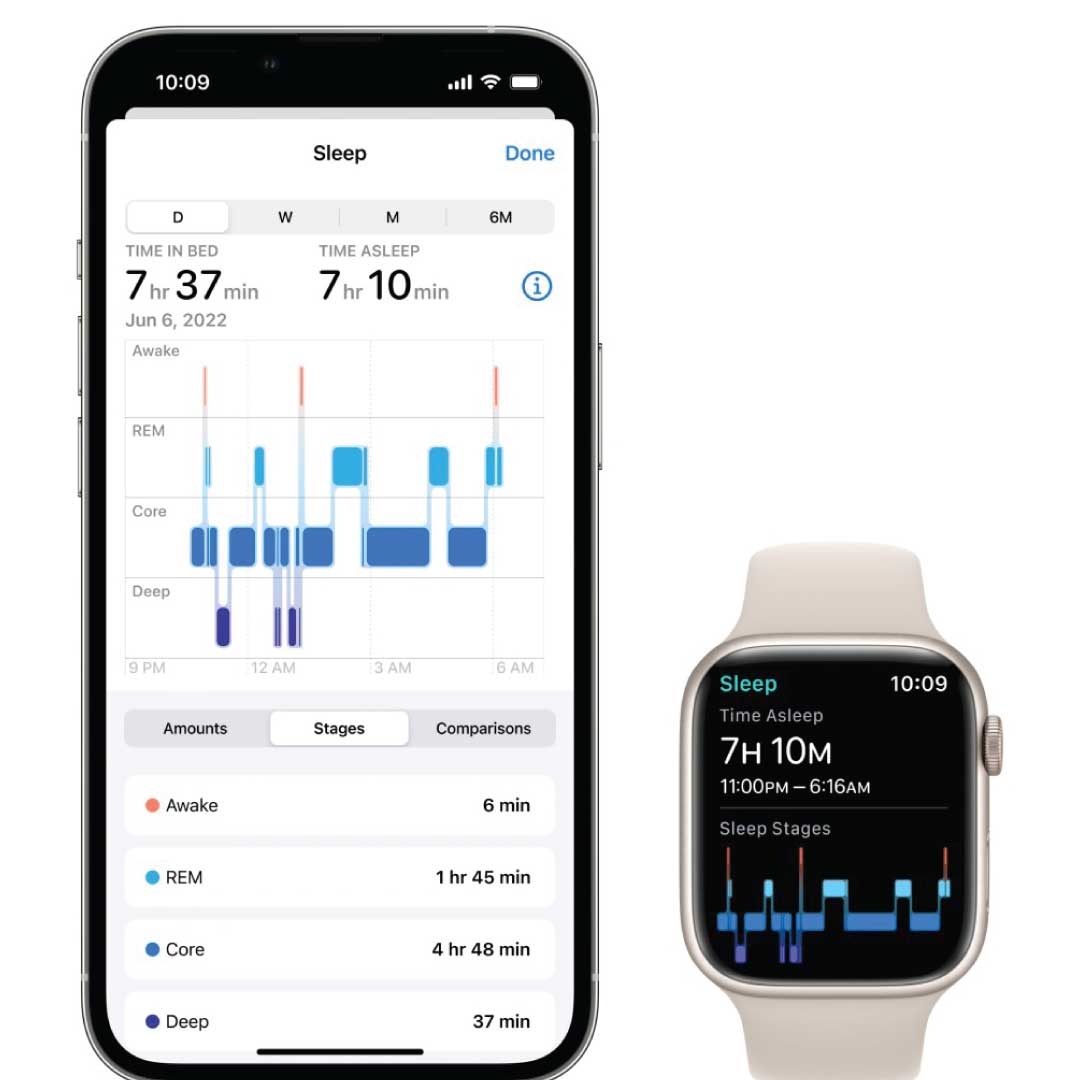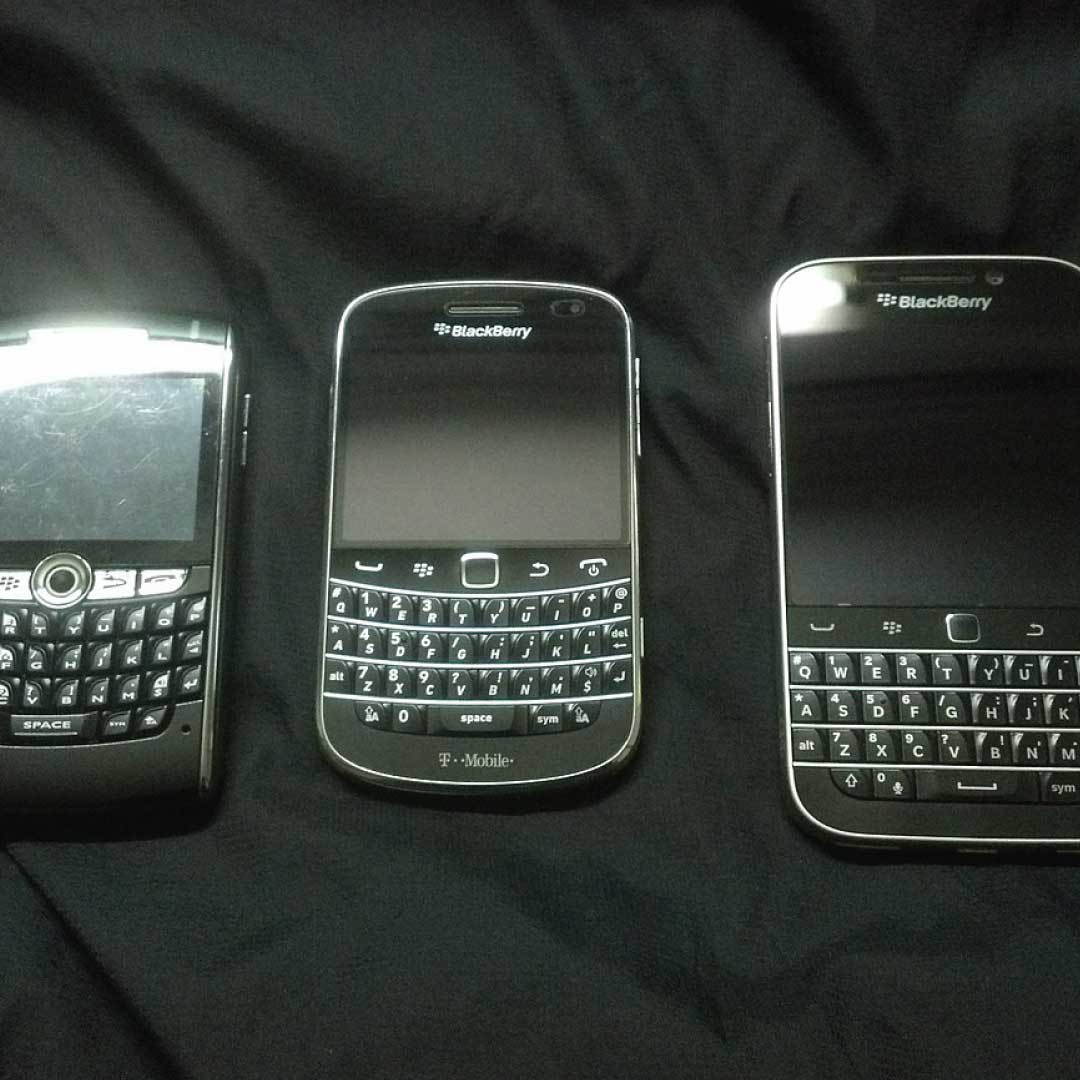Today, LG announced that it has released LG Art Lab, its “very own non-fungible token (NFT) platform.” In a news release, the company talked about how the NFT platform gives people who have smart TVs at home a simple, all-in-one way to watch and trade NFTs. “The platform is now available in the United States only to those with LG TVs running webOS 5.0 or later and is accessible directly from the home screen,” LG said. “The platform is now available only to those with LG TVs in the United States.”
Hashgraph is a blockchain alternative utilised on the LG Art Lab platform. LG says that the “most used, sustainable, enterprise public ledger for the decentralized economy” is the “hashgraph.” Users can buy, sell, and trade NFTs, and these transactions may be viewed on the smart TVs produced by the brand.
Read Also: The Top 5 Cryptocurrencies to Watch Out For in 2022
What blockchain are they using?
The blockchain being utilised is called Hedera, and LG is a member of the Governing Council for Hedera. After users have completed the most current software update, they can work with the platform. TechCrunch said in a report that the partnership between Hedera and LG Electronics started in 2020 when LG joined the governing council of Hedera. Google, IBM, Deutsche Telekom, the Indian Institute of Technology, and several other groups are also on this council.
How will LG Art Lab and NFTs work?
LG is working to make it easier for customers to access NFTs.
Everyone who has an LG TV that supports WebOS 5.0 or higher will be able to gain access to new digital artwork thanks to LG’s Art Lab, which will simplify the process of purchasing and selling NFT collectibles. It will use Wallypto, LG’s mobile cryptocurrency wallet, and NFTs can be bought by scanning a QR code. Then, they can be sold on the LG Art Lab Marketplace. Accessibility is a crucial aspect of LG’s strategy.
The platform also gives users detailed descriptions of the artwork and short films that show how their favourite NFTs were made by the artists who made them. This is done so that users can learn more about the people who made their favorite NFTs and how they came up with them. Users will be able to follow each artist and learn more about them through the profile section of the app, and they will also have the opportunity to meet some of the artists at upcoming art events supported by LG.
When will it be available?
The first NFT collection was created by artist Barry X Ball, known for reinterpreting classical and modernist sculptures using the most recent advancements in 3D scanning and printing technology. It will be available on September 22. Because it is so new, the platform does not yet have many features. Nonetheless, consumers can obtain one NFT by scanning the associated QR code with LG’s Wallypto app.
In January of 2022, LG made the initial announcement that the firm would be working with digital art. With the launch of LG Art Lab, the company is now a key competitor to LG’s local tech rival Samsung in the market for selling NFTs through its televisions.
About LG
LG Electronics, Inc. is a multinational electronics corporation based in Yeouido-dong, Seoul, South Korea. LG Electronics is a subsidiary of LG Corporation, South Korea’s fourth largest chaebol and the company’s crown jewel. There are four divisions within the company, all of which serve different markets: consumer electronics, wireless networking, HVAC systems, and auto parts. LG Display was the leading display manufacturer in the world by revenue in 2020, and LG Electronics purchased Zenith in 1995 to become its major shareholder. If you can’t find a citation, LG Electronics is the world’s largest producer of televisions, behind only Samsung Electronics. The firm operates in 128 locations and employs over 83,000 employees.
